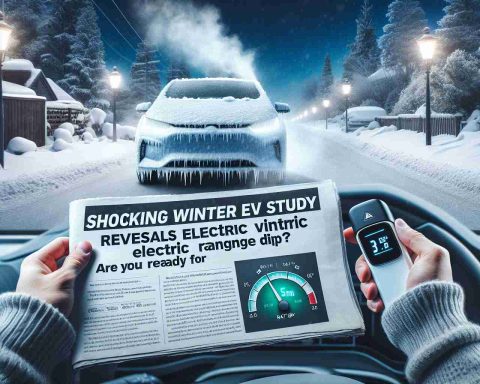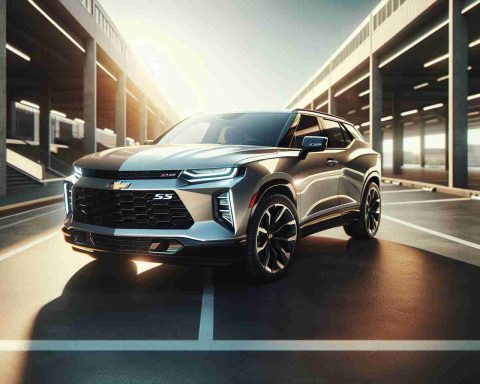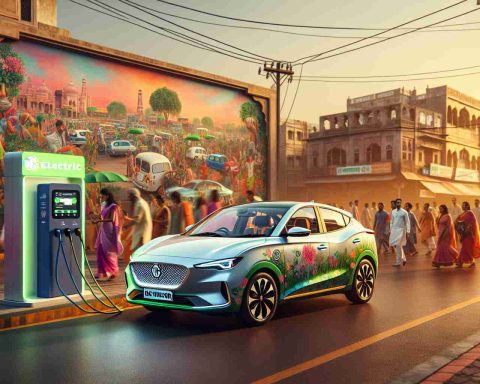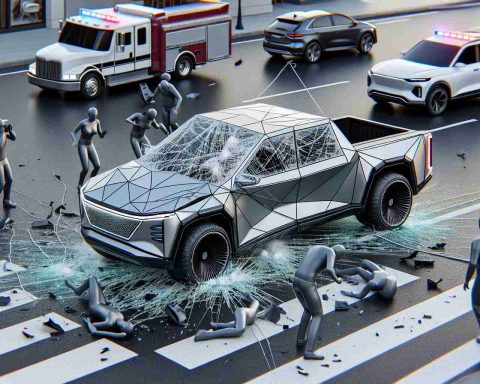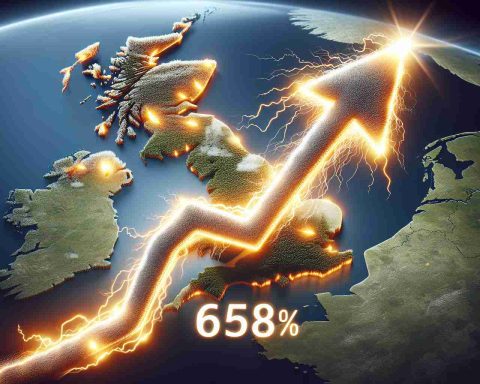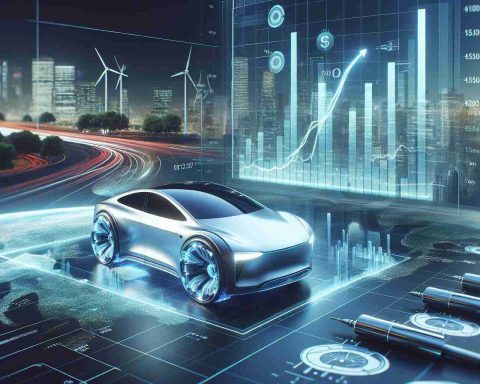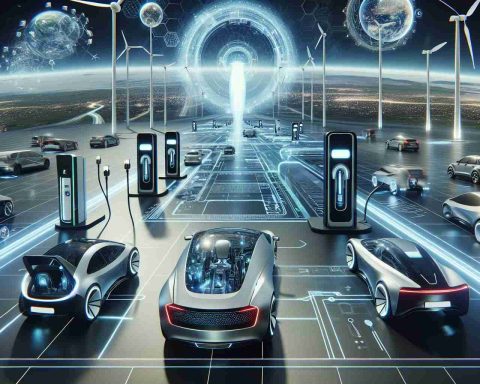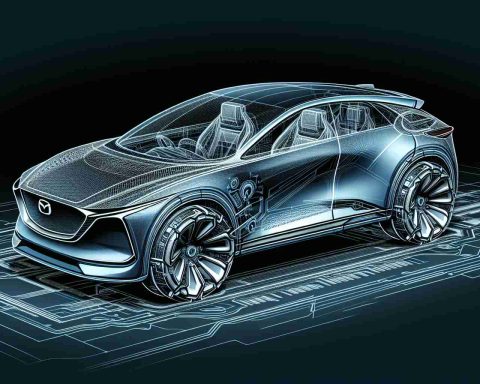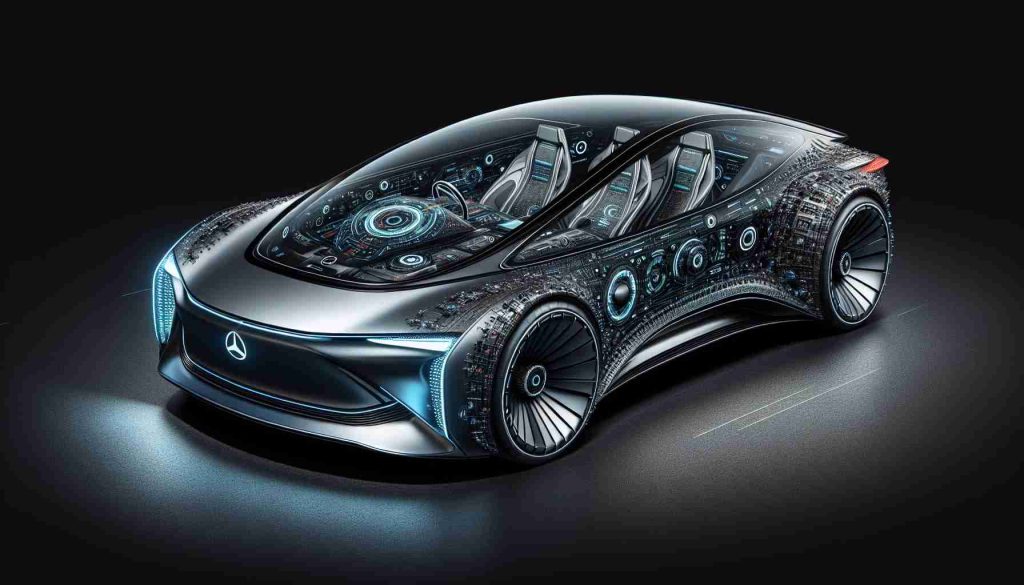- Confusing jargon in the EV market, such as PHEV, HEV, and MHEV, is hindering consumer understanding.
- One in five UK drivers find electric vehicle terminology perplexing, impacting their decision-making.
- Misleading terms can lead eco-conscious consumers to make uninformed choices about hybrids.
- Countries like Norway are taking action against misleading advertising related to hybrid vehicles.
- The Advertising Standards Authority is focused on ensuring clear and honest vehicle advertising but has limitations in enforcing definitions.
- There is a growing call for automakers to simplify their messaging to empower informed consumer choices.
Electric car enthusiasts are urging a crackdown on the confusing jargon cluttering the electric vehicle (EV) market. Terms like PHEV, HEV, and MHEV—an acronym soup that leaves many potential buyers scratching their heads—are at the center of this growing outcry.
Representatives from Electric Vehicles UK highlight the urgent need for change, emphasizing that the misinformation surrounding these terms clouds consumer decision-making. Recent surveys reveal that a staggering one in five drivers in the UK find electric vehicle terminology perplexing. The founder of Electrifying.com stresses that the common misconception linking hybrids to self-charging capabilities only intensifies the dilemma.
With research indicating that many hybrids emit significantly more pollution than advertised, experts warn that these names could mislead eco-conscious consumers. Former Top Gear presenter Quentin Willson notes that the term “hybrid” often misrepresents a vehicle’s environmental impact, contributing to misguided choices.
Countries like Norway have already taken steps against misleading advertising, banning campaigns that imply hybrids are free of fuel consumption. The Advertising Standards Authority (ASA) acknowledges the ongoing public confusion and is committed to ensuring that vehicle ads convey clear and honest information. However, they also clarify their limitations in enforcing standard definitions.
The key takeaway? As electric vehicles rise in popularity, consumers deserve straightforward language. It’s high time for automakers to simplify their messaging, empowering buyers to make choices that genuinely reflect their values and environmental priorities. The road to transparency and clarity starts here!
Decoding Electric Vehicle Jargon: A Call for Clarity in the EV Market
The Challenge of Electric Vehicle Terminology
Electric vehicle enthusiasts are pushing for clarity in the often confusing terminology associated with electric vehicles (EVs). Terms such as PHEV (Plug-in Hybrid Electric Vehicle), HEV (Hybrid Electric Vehicle), and MHEV (Mild Hybrid Electric Vehicle) can perplex potential buyers. Advocacy groups, including Electric Vehicles UK, are emphasizing the immediate need for necessary changes. Recent surveys suggest that approximately one in five drivers in the UK find this jargon confusing, which can lead to misinformed choices.
Key Issues in the Electric Vehicle Market
1. Misleading Terminology: Many consumers mistakenly believe that hybrids have self-charging capabilities, which is not always true. The misconception can lead eco-conscious buyers to choose vehicles that do not align with their environmental goals.
2. Environmental Impact of Hybrids: Research indicates that some hybrid vehicles may emit far more pollution than their marketing implies. This discrepancy can undermine consumers’ efforts to choose environmentally friendly options.
3. Regulatory Efforts: Countries like Norway have initiated measures against misleading advertising in the EV space, illustrating the need for transparent communication in the automotive industry.
Important Related Questions
1. What are the differences among PHEV, HEV, and MHEV?
– PHEVs can be plugged in to recharge and typically have a larger battery, allowing for all-electric driving for certain distances before switching to a gasoline engine. HEVs utilize both a gasoline engine and an electric motor but cannot be recharged externally. MHEVs use a small electric motor to assist the gasoline engine but typically lack significant electric-only capabilities.
2. How does the environmental impact of hybrids compare to fully electric vehicles?
– Fully electric vehicles (EVs) produce zero tailpipe emissions and are generally more environmentally friendly over their lifecycle when powered by renewable energy. In contrast, hybrids can often have greater emissions than advertised, particularly if they rely on gasoline engines for most travel.
3. What steps are being taken to educate consumers about electric vehicles?
– Advocacy groups and regulatory authorities, such as the Advertising Standards Authority (ASA), are working to ensure that advertising provides clear and honest information. Initiatives for consumer education include simplifying terms, improving labeling on vehicles, and promoting awareness campaigns.
Additional Insights and Trends
– Market Forecasts: The global EV market is expected to grow significantly, with estimates predicting a compound annual growth rate (CAGR) of around 22% from 2021 to 2028. This growth underscores the urgency for clear communication as more consumers enter the EV market.
– Sustainability Considerations: As the demand for EVs rises, manufacturers are increasingly focusing on sustainable practices in the production of batteries and components, moving towards a circular economy model which aims to reduce waste and promote recycling.
– Consumer Education Initiatives: Organizations and automakers are developing online resources, workshops, and community events to improve consumer understanding of electric vehicles, aiming to demystify the technology and promote informed decisions.
For more information, explore these resources: Electric Vehicles UK, Electrifying.



